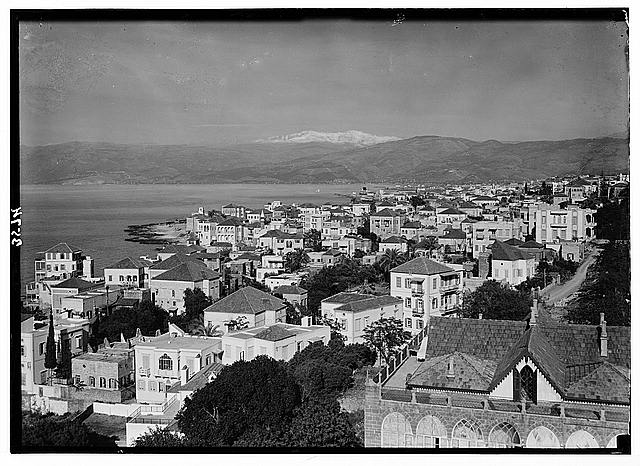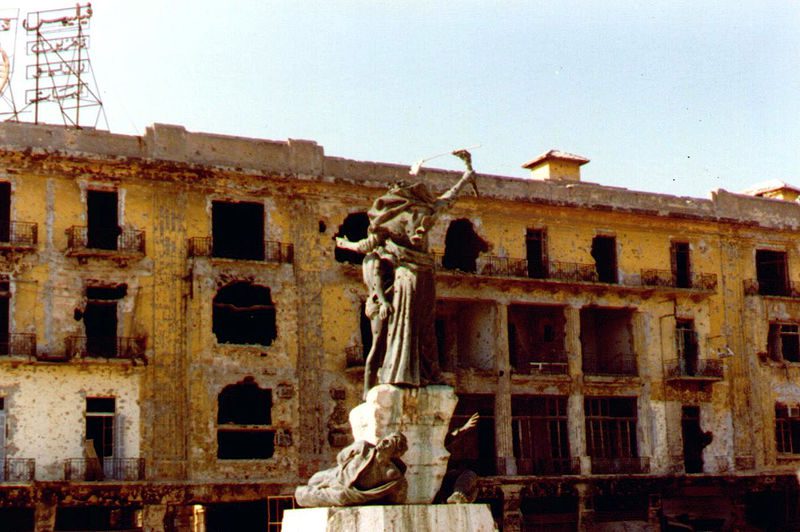by Kate Maddox
This year’s John Ferguson Prize for Best Undergraduate Thesis went to Kate Maddox, a history major at the University of Texas at Austin. Her thesis explored the European political, social, and ideological influence in the making of the Lebanese city of Beirut. Read her abstract and take a look at some old photographs of early twentieth century Beirut below.
Abstract:
The processes that led to the remaking of Beirut reveal European powers’ economic penetration of the city, which resulted in to an ideological penetration of the city. This ideology, informed by the Enlightenment and French conceptions of modernity, manifested itself in several dominant themes, both in the period of informal European influence under the Ottomans and continuing during the period of direct French rule under the Mandate system.
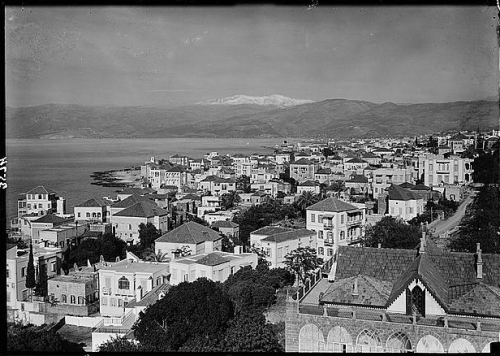
In their production of the city center, and in the Ottoman urban planning projects that preceded the Mandate, French efforts drew directly and indirectly on concepts of the Enlightenment and modernity as well as other trends in imperial city building. The theory behind the making of a space deserving of the nickname “the Paris of the Middle East” can be divided into three motives, each addressed in turn in this thesis. The first, accessibility between the port and the city, owes more to economics than the social paternalism that marks imperial efforts of Westernization. The second principle manifests those efforts, the improvement of permeability of the downtown area and its buildings. Finally, the threat posed by disease and illness for the local population and, more importantly, European agents unaccustomed to the environment, combined with the concept of individual needs resulted in a focus on public health and hygiene. These ideas, however, are not mutually exclusive and developments often addressed all three. But together they drove the planning schemes in the central district that created the urban landscape that still exists, for better or worse.
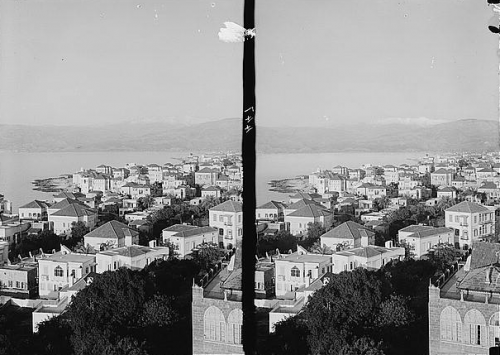
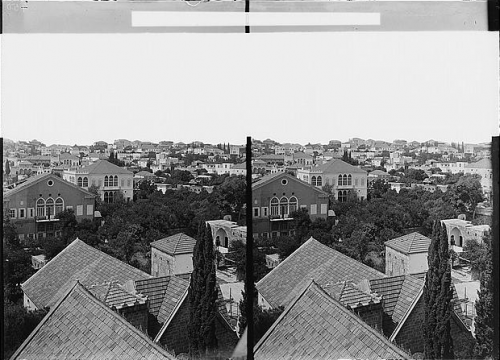
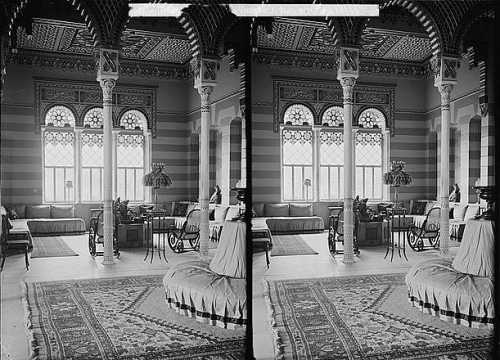
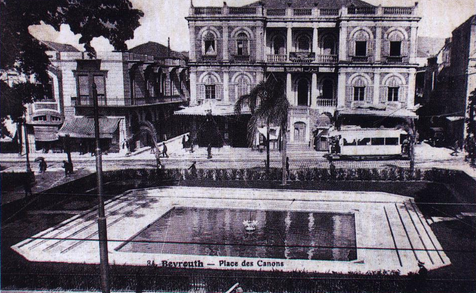
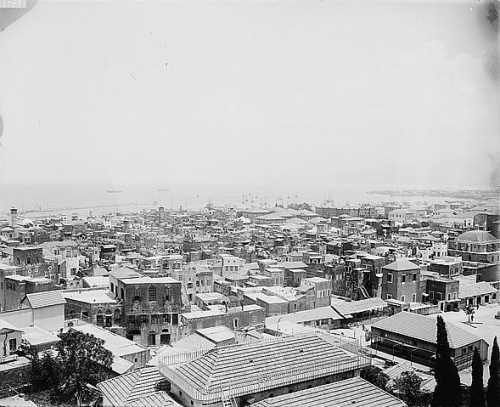
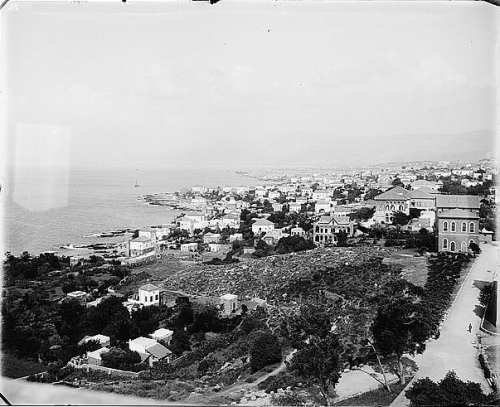

About Katherine Maddox:
Katherine Maddox was born and raised in Houston, Texas. In 2008 she graduated from the High School for Performing and Visual Arts where she specialized in clarinet and bass clarinet. In the summer of 2011 she traveled to Beirut, Lebanon to study Arabic at the American University in Beirut and conduct research for her thesis. After completing her bachelor’s degree in history at the University of Texas she is travelling to Tanzania to climb Mount Kilimanjaro. Following that she will be returning to Beirut where she will continue her Arabic studies and work for an NGO.
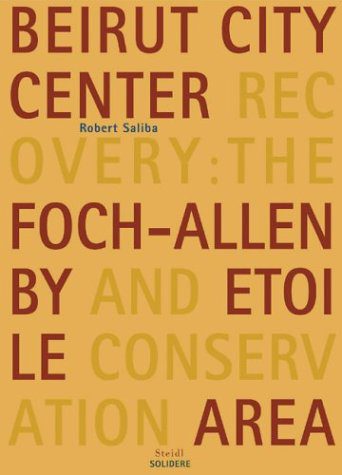 News programs the world over broadcast it into the homes of millions of people from 1975 till the Lebanese Parliament ratified the Taif accord in late 1989. Less well known is the reconstruction process that began in the Lebanese capital almost immediately after the war ended and which continues today. After commissioning but failing to implement an initial plan in 1992, the Lebanese government entrusted the reconstruction to Société libanaise pour le développement et la reconstruction de Beyrouth (Solidere), which was founded by then-Prime Minister Rafic Hariri, in 1994. Focusing primarily on the downtown area, the company sought to preserve what few buildings remained, create an international business district, and make a profit. As is the case with many urban reconstruction projects, Solidere’s plan was met with resistance and protest, especially considering the still-divided nature of Lebanese society. Therefore, Solidere took on the secondary task of defining and emphasizing an architectural heritage that could bridge the sectarian gaps inherent to Lebanon and thus Beirut.
News programs the world over broadcast it into the homes of millions of people from 1975 till the Lebanese Parliament ratified the Taif accord in late 1989. Less well known is the reconstruction process that began in the Lebanese capital almost immediately after the war ended and which continues today. After commissioning but failing to implement an initial plan in 1992, the Lebanese government entrusted the reconstruction to Société libanaise pour le développement et la reconstruction de Beyrouth (Solidere), which was founded by then-Prime Minister Rafic Hariri, in 1994. Focusing primarily on the downtown area, the company sought to preserve what few buildings remained, create an international business district, and make a profit. As is the case with many urban reconstruction projects, Solidere’s plan was met with resistance and protest, especially considering the still-divided nature of Lebanese society. Therefore, Solidere took on the secondary task of defining and emphasizing an architectural heritage that could bridge the sectarian gaps inherent to Lebanon and thus Beirut.